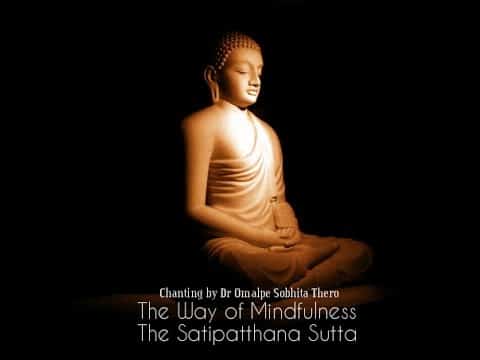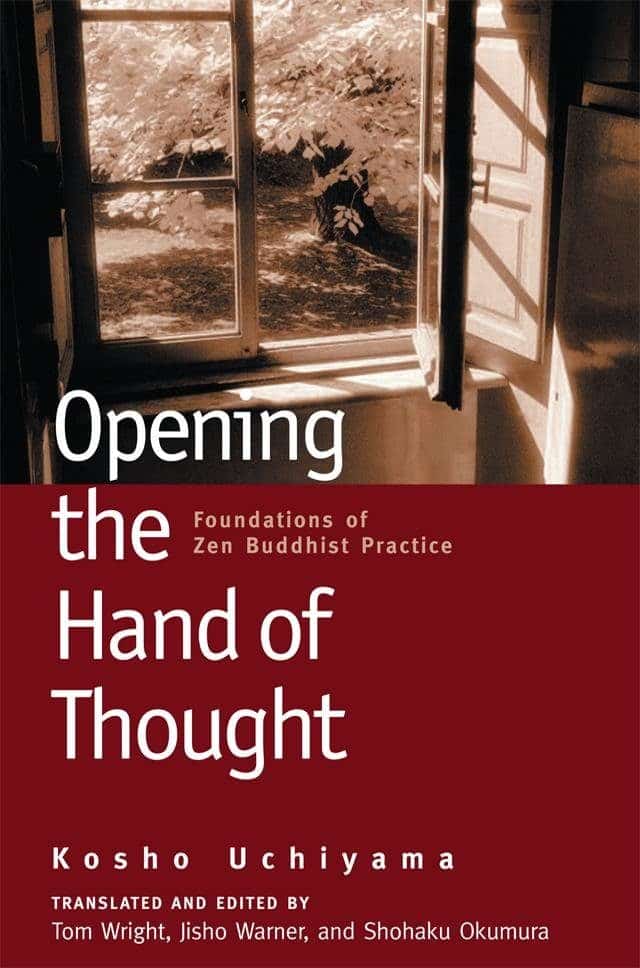The Dhammapada is one of the most popular Buddhist texts in the world, the most famous and most read Buddhist scripture comprising the sayings of Buddha. Because each saying is related to some particular event or moment in the life of Buddha, Dhammapada is considered to be a rich and reliable source of the life of the Enlightened One. It is an anthology of basic Buddhist teachings (primarily ethical teachings) using a simple aphoristic style, but also an anthology of moral precepts and maxims. Dhammapada is a glimpse of the timeless truth offered by the Buddha over two and a half millennia ago. The teachings of Buddha focus on the way, the magga (Sanskrit: marga) or path, that delivers a person from a life that is inescapably connected with desires, infatuation, sorrows, hate and an endless cycle of births and deaths.
The name ”Dhammapada” is a combination of two words ”Dhamma” and ”Pada”. ”Dhamma” (dharma) can be roughly translated into ”Religious Virtue”, ”Law” or the ”Universal Truth” and it is used in a specific sense to refer to the Budha’s teachings (which Buddhists believe reflect this law). Under one aspect, it means religion, particularly the religion taught by Buddha, the law which every Buddhist accepts and observes. Under another aspect, Dhamma is ”virtue”, or the realization of the law. ”Pada” means ”track” ”word” ”verse” ”stanzas” or ”steps”. In the Abhidhanapadipikka, the term is explained by ”place”, ”protection”, ”Nirvana”, ”cause”, ”word”, ”thing”, ”portion”, ”foot”, ”footstep”.
The title has been interpreted in various ways, because it can be translated as ”Footsteps of religion”, ”Vestiges of religion”, ”The Path of Virtue”, ”Sentences of Religion”, ”Collection of Verses of the Law”, “Words of Doctrine”, “Way of Truth”, ”Way of the Law”, “Sayings of the Dhamma,” or as ”Path of the Buddha’s Teachings”.
The Dhammapada, the Pali version of one of the most popular texts of the Buddhist scriptures, ranking among the classics of the world’s great religious literature, is probably the best-known book in the Pali Buddhist canon. The Dhammapada belongs to the Theravâda school of the Buddhist tradition. This extensive body of scriptures is organized into three major collections (Tripitaka, literally ”three baskets”): the Vinaya Pitaka (”Basket of Discipline”), the Sutta Pitaka (”Basket of teachings”) and the Abhidhamma Pitaka (”Basket of special teachings”). The Dhammapada is one of the fifteen texts (the second text), belonging to the collection known as Khuddaka Nikaya (“Section of short sayings”).
The Dhammapada is arranged in 26 chapters containing 423 stanzas, composed in various meters, related to the verse form in Sanskrit known as the cloka. It appears in somewhat different versions in Prakrit, Sanskrit, and Chinese, and there are translations in other languages. More than half of the verses are excerpted from other canonical texts and include many of the most famous Buddhist sayings; others come from the storehouse of pithy sayings drawn upon by much of Indian literature.
Although the Pāli edition is the preeminent one, a number of other versions are known: “Gāndhārī Dharmapada”, “Patna Dharmapada”, “Udānavarga”, “Mahāvastu”, “Fa Ju Jing”. There is also a commentary on the Dhammapada in Pali and is supposed to be written by Buddhaghosa in the first half of the fifth century A.D. In explaining the verses, the commentator gives for nearly every verse a parable to illustrate its meaning, which is likewise believed to have been uttered by Buddha in his intercourse with his disciples, or in preaching to the multitudes of beings that came to hear him.
The date of the Dhammapada is uncertain, generally is thought to appear somewhere between the date of the Buddhist canon – by the time of the First Council or immediately after the death of Buddha – and the date of Buddhaghosha, who wrote its commentary.
There are many different translations of the Dhammapada that can be recommended for different reasons, but there are two main ones.
The first is Dhammapada: The Sayings of the Buddha, which is translated by Thomas Byrom (with a foreword by Ram Dass) and the second is The Dhammapada: Teachings of the Buddha, which is translated with annotations by Gil Fronsdal (and with a foreword by Jack Kornfield).
Dhammapada is taken to be a collection of the utterances of the Buddha himself. Taken together, the verses form a key body of teaching within Buddhism, a guiding voice along the struggle-laden path towards true enlightenment, or Nirvana. However, the appeal of these epithets of wisdom extends beyond its religious heritage to a general and universal spirituality.
Far from being a random assemblage of statements and images, the Dhammapada is a carefully constructed work, imbued with both spiritual and literary values. Each topic unfolds in its proper sequence and rhythm, according to what the reader has already absorbed and what remains to be presented.
We are what we think.
All that we are
arises with our thoughts.
With our thoughts, we make the world
Speak or act with an impure mind
And trouble will follow you
As the wheel follows the ox that draws the cart.
full text here: insightflorida
photo credit: Dhammapada




